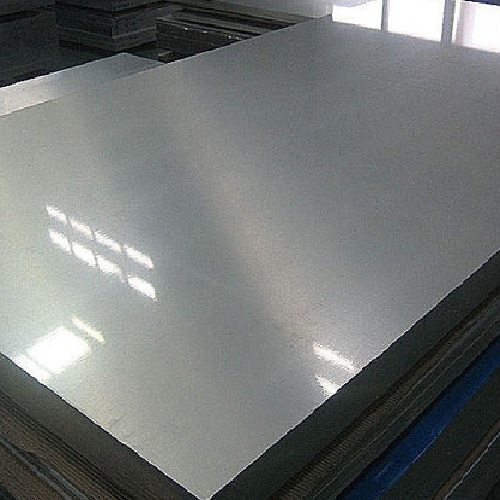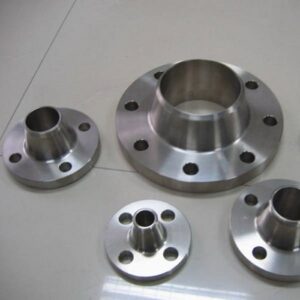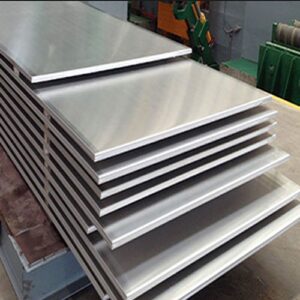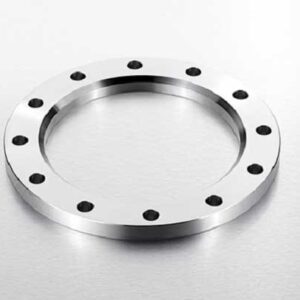Description
UNS R56400 (Titanium alloy 6Al-4V)
UNS R56400 (Titanium alloy 6Al-4V)
Material grades and equivalents Titanium alloy 6Al-4V /UNS R56400
Introduction
HY Titanium 6-4 STA (Solution Treated and Aged) is a modified version of Ti 6Al-4V. It is heat treated for high strength in sections under 4″ thick. Ti-6Al-4V has excellent hardenability in sections up to 1″ thick with strengths as high as 165 ksi.
For maximum strength: solution-treated and aged (STA) condition is: For sheet, 1675-1725°F 5 to 25 minutes, water quench. Age 975°F 4 to 6 hours, air cool. For bars and forgings, 1675-1725°F 1 hour, water quench. Age 975-1025°F 4 to 8 hours, air cool.
HY Titanium 6-4 STA is resistant to general corrosion but may be quickly attacked by environments that cause breakdown of the protective oxide. These include hydrofluoric (HF), hydrochloric (HCl), sulfuric and phosphoric acids. Inhibitors may help for the last three but not for HF. Ti 6Al-4V STA resists attack by pure hydrocarbons, and most chlorinated and fluorinated hydrocarbons (provided water has not caused formation of small amounts of HCl and HF).
Chemistry Composition
Element |
Al |
V |
C |
N |
O |
H |
Fe |
Y |
Others, Each |
Others, Total |
Ti |
MIN |
5.5 |
3.5 |
– |
– |
– |
– |
– |
– |
– |
– |
– |
MAX |
6.75 |
4.5 |
0.08 |
0.05 |
0.2 |
0.0125 |
0.3 |
0.005 |
0.1 |
0.4 |
Balance |
Features:
-
High strength to 600°F
-
Excellent general corrosion resistance
-
High strength-to-weight ratio
Applications:
-
Turbine blades, discs and rings
-
Aircraft structural components
-
Weapons structural components
-
Fasteners
-
Medical and dental implants
-
Hand tools
-
Sporting equipment
-
Chemical process equipment
Physical Properties:
Density: 0.160 lb/inch3 Melting Range: 2929 – 3020°F Beta Transus: 1825± 25°F
Temperature, °F |
70 |
200 |
400 |
600 |
Coefficient of Thermal Expansion, in/in°F x 10-6 |
– |
5.3 |
5.4 |
5.5 |
Thermal Conductivity,Btu • Ft/Ft² • Hr°F STA |
4.0 |
4.3 |
5.2 |
6.1 |
Modulus of Elasticity,psi X 106 STA |
16.7 |
16.0 |
15.0 |
14.0 |
Mechanical Properties:
Specified, AMS 4911, annealed sheet & plate
|
|
Anneal 1300°F, Air Cool |
Anneal 1300°F, Solution anneal 1750°F , Age 1000°F |
Ultimate Tensile Strength, ksi |
138-155 |
150-172 |
0.2% Yield Strength, ksi |
128-147 |
137-156 |
Elongation, % |
15-20 |
15-17 |
Reduction of Area, % |
38-51 |
41-46 |
Typical Tensile Strength and Fracture Toughness, Various Heat Treatments for Flat-rolled Products (MCIC-HB-02 1985 reprint)
0.2% Yield Strength, ksi |
Fracture Toughness K1C, ksi √in |
|
Annealed(Continuously Rolled Sheet) |
132 142 (transversea) |
128 140 (transversea) |
Beta Annealed (plate) |
131 |
134 |
Beta STA 1250°F b |
128 |
150 |
Beta STA 1000°F b |
143 |
120 |
STA 1250°Fc |
137 |
105 |
STA 1000°Fc |
159 |
80 |
(a) Directional variations (b) Beta heat treated followed by solution treating and overaging 1250˚F, or aging 1000˚F (c) Solution treating and overaging 1250˚F, or aging 1000˚F







